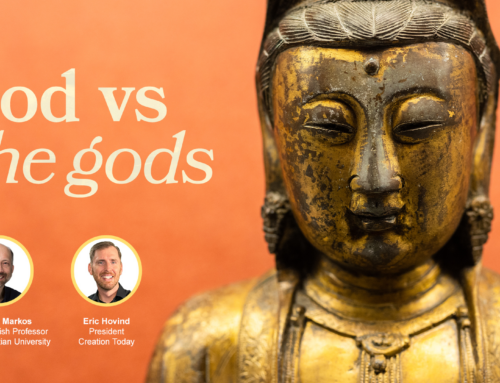Galaxies
If spiral galaxies were billions of years old, the arms extending from their centers would have completely closed, causing the galaxies to lose their unique spiral shape.
Red Giants
Evolutionists teach that red giant stars change into white dwarf stars over millions of years; yet Sirius is an example of a red star becoming white within the past 2,000 years. Ancient astronomers recorded that Sirius glowed red in the sky, yet now it is categorized as white. Obviously, the evolutionists’ opinions of the length of time to change a red giant star into a white dwarf star are incorrect.
Jupiter and Saturn
These two planets radiate more heat than they receive from the sun. If they were billions of years old, both planets would have reached equilibrium and no longer be able to lose more heat than they receive.
Moon and Tides
The earth and the moon are inextricably linked via their mutual gravitational pull. The moon’s primary effect on the earth is that of tides. These twice-daily tides inflict a barely perceptible dragon the earth’s rotation, causing the earth’s natural day to lengthen and the moon’s orbit to recede. Because both gravitational forces and friction loss can be computed and predicted mathematically, we can determine how close the moon could orbit before resulting in lunar destruction or eradication of life on earth. With this in mind, the earth/moon relationship could not possibly be more than 1.2 billion years old, and geologic evidence indicates that it is much younger.
Comets
Composed of frozen gasses and small rocks, comets lose material when their orbit takes them close to the sun. The vapor produced gives the appearance of a tail, often the recognizable feature of a comet. A comet’s life is relatively short, falling between an estimated 100 to 200 orbits around the sun. The frequency of comets has consistently decreased through the years, alluding to a much younger universe than textbooks describe.






